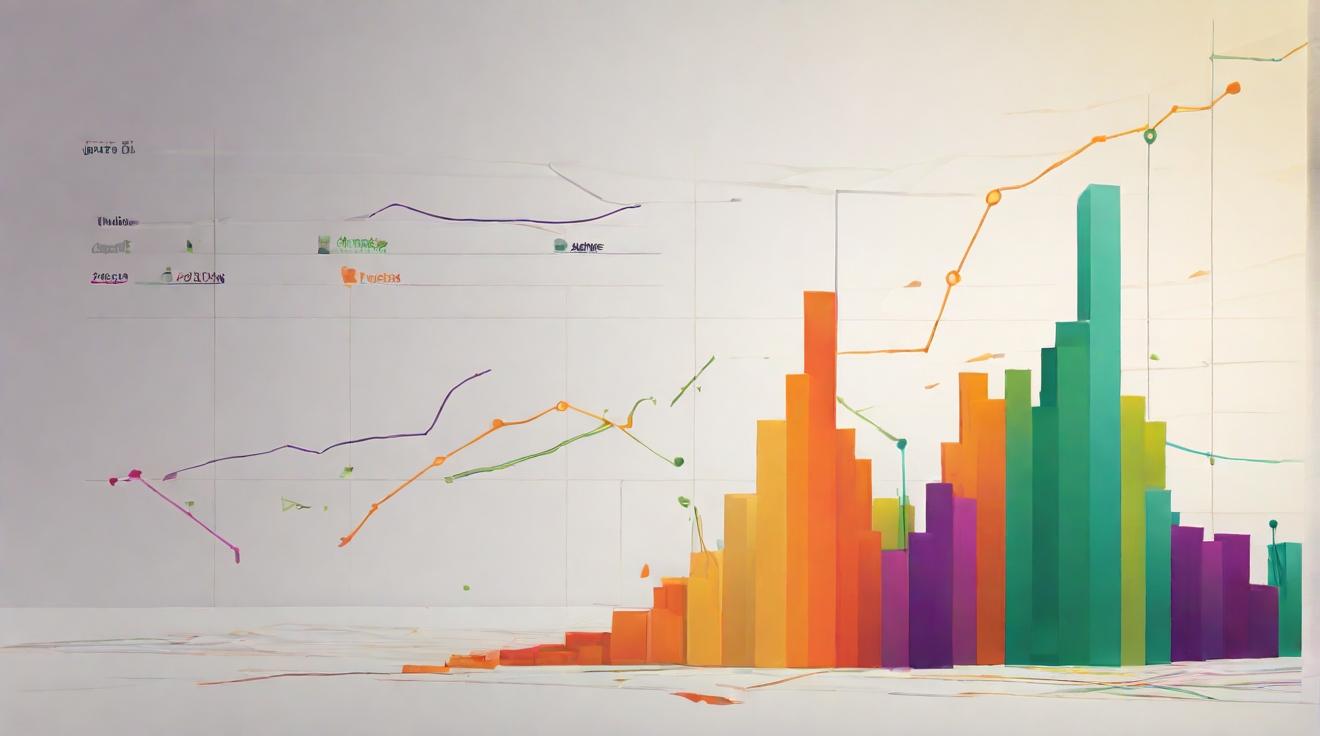Virtual Reality and Augmented Reality Propel Growth
In recent years, virtual reality (VR) and augmented reality (AR) technologies have captivated the world, igniting a surge in virtual tour experiences across various sectors. These technologies offer users breathtaking realism by allowing them to explore virtual environments as if they were physically present. For instance, by wearing a VR headset, you can 'walk' through a museum halfway across the globe from the comfort of your living room. AR enhances this experience by adding digital elements to the real world, like showcasing additional information about a painting you're viewing in a virtual gallery.
Exploring the Market Segments
The Virtual Tour Market is segmented by type and application, offering diverse experiences. It includes 360 virtual tours, 3D virtual tours, and virtual reality tours. The 3D virtual tour segment was the highest revenue contributor in 2023 and is expected to maintain its lead due to its immersive experience. Users can view a property from multiple angles, giving a sense of being there even when miles away.
Applications of virtual tours are broad, spanning tourism, real estate, and education. Tourism leads, with virtual tours offering travelers a glimpse of destinations worldwide without leaving home. This is particularly appealing for those unable to travel due to physical or financial constraints. Real estate agencies utilize virtual tours to showcase properties to potential buyers, enabling detailed exploration of homes remotely.
Regional Insights and Market Dominance
North America is anticipated to dominate the virtual tour market, thanks to its robust technological infrastructure and high digital adoption rates. The region is home to numerous VR and AR companies, driving innovation and market growth. With industries like real estate and tourism integrating virtual tours to enhance engagement and efficiency, North America's leadership in this sector is set to continue.
Leading Companies in the Virtual Tour Market
Key players driving this market forward include companies like Pan 3Sixty, 360 Imagery, and Invision Studio, Inc. These companies are at the forefront, offering advanced virtual tour solutions that cater to the growing demand from both consumers and businesses.
Market Forecast and Opportunities
The virtual tour market is expected to grow at a compound annual growth rate (CAGR) of 27.9%, reaching a staggering $17.88 billion by 2035. This growth is fueled by the continuous advancements in VR and AR technologies and their integration across various industries. This market offers substantial opportunities for businesses looking to adopt innovative strategies to captivate their audiences.
Conclusion
The virtual tour market is on the cusp of a revolutionary transformation driven by cutting-edge VR and AR technologies. From real estate tours that offer detailed property views to educational experiences that bring historical sites to life, the possibilities are endless. As these technologies evolve, the demand for virtual tours will continue to rise, offering businesses and consumers alike an exciting new frontier to explore.













